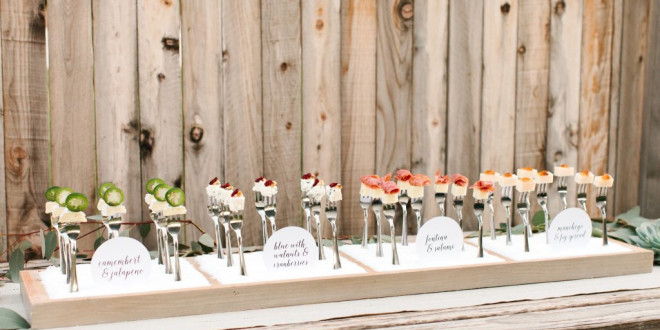[ad_1]
Wedding is seen as an auspicious event in Indian culture. It is a ceremony enabling two people to begin their journey of life together. In Indian marriages, emphasis is given on harmony, happiness and growth. Therefore, many rituals and customs are followed in Indian weddings. The celebration of the marriage requires following the rituals inherited from the former generation. The purpose behind following the rituals is to give respect to the ancientors and to make the marriage holy. The various rituals followed in Indian wedding denote an act of dharma, and obligations towards the family.
Here are some Indian wedding customs which have passed on from one generation to another generation-
Mangni (Engagement Ceremony)
This is a pre wedding ceremony in which the bride and groom exchange rings in front of their family members and friends.
Sangeet (Indian Wedding Music)
This is a pre wedding ritual with music and food. The bride and groom enjoy the whole ceremony with their family and friends.
Tilak (Placing Vermilion)
This is a pre wedding ceremony in which kumkum or vermilion is placed on the forehead of the groom. This ceremony is done to protect the life of the groom.
Baraat (Groom's Arrival)
This is the ceremony in which the groom comes with his family for the wedding, and they are all welcomed by the bride's family.
Jaimala (Exchange of Garlands)
In this ritual the groom and bride exchange garlands. It denotes both bride and groom are in consent to get married willingly.
Madhupak (Offering Honey and Yogurt)
In this custom groom is welcomed to a highly decorated mandap (altar) and bride's father offer honey and yogurt to groom as an expression of welcome and respect.
Kanyadan (Giving away the Bride)
In this ritual the bride's parent give their daughter hand to the groom, requesting him to accept her as an equal partner in their journey of life.
Hasta Milap (Joining both the Hands)
In this ceremony the bride places both of her hands into the hands of the groom, and they take a vow to remain devoted to each other forever.
Rajaham (Sacrifice to the Sacred Fire)
In this ritual the bride places both of hers hands into the hands of the groom and then bride's brother places rice in her hands and both bride and groom offers it into the sacred fire.
Mangalya Dharane (Tying of Mangalsutra from Groom)
In this custom groom ties the Mangalsutra (sacred necklace) around the neck of the bride. This tradition signifies the union of bride and groom for eternity. This sacred necklace is believed to have sacred powers to protect from evil.
Mangalphera (Rounds around the Holy Fire)
In this ritual the bride and groom make rounds round the holy fire in the clockwise direction. The bride leads for first three rounds, and in the last round the groom leads.
Sindhoor (Vermilion)
In this wedding ceremony the groom applies vermilion, a red colored powder on the bride's forehead and welcomes her as his partner in life.
Aashirvad (Parental Blessing)
In this custom the bride and groom touch the feet of their parents and seek their blessings after the completion of the marriage ceremony.
Vidaai (Farewell to the Bride)
In Vidaai the bride bids farewell to her family and throws a handful of rice behind her shoulder wishing her childhood home wealth and happiness.
[ad_2]
Source by Saurabbh Sharma

